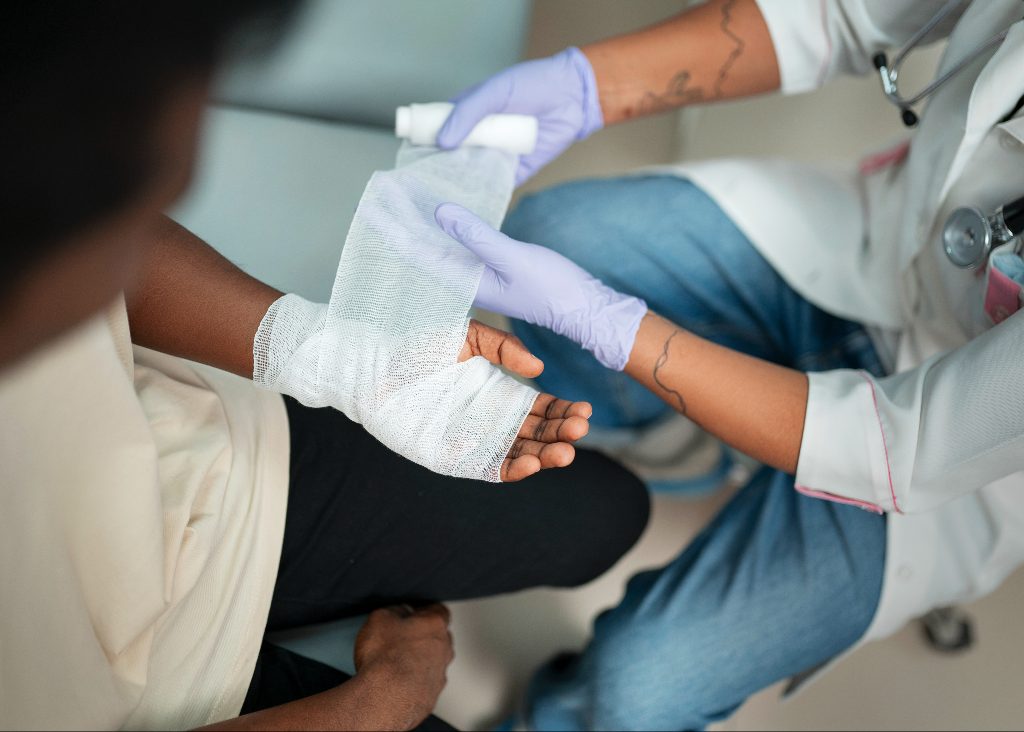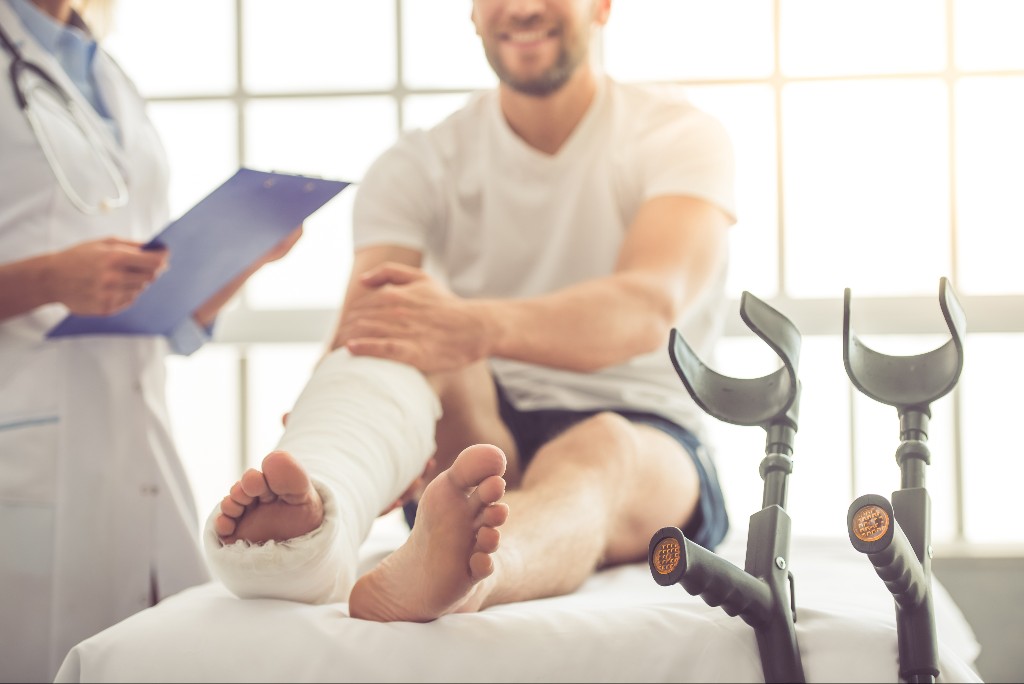One of the most common injuries that people suffer each year is a sprained ankle. Whether it’s simply walking, playing a sport, or a fall, sprained ankles can be caused by a number of popular activities and are generally considered easy to treat at home. However, ankle sprains can be severe and lead to more serious and chronic issues if not treated properly. When this happens, you may need to undergo orthopedic foot treatment to regain strength and range of motion in the ankle. Proper care is important to recovery from a sprained ankle and can help to reduce the time spent in pain or immobile.
Signs of a Sprained Ankle
Ankle sprains can be painful to varying degrees. In many cases, they cause enough pain that walking and other daily activities are difficult to complete. Pain is often worsened by placing weight on the ankle or applying pressure to the area. In addition to the pain from a sprained ankle, there are a number of other signs that this is your condition.
A sprained ankle will often become warm to the touch and red as a result of increased blood flow. It will also often become inflamed and swollen as fluid also increases. These are normal reactions that your body will have to an injury like a sprain, though excessive swelling can be a sign of more damage than you believed.
You may also see bruising around your ankle after a sprain, indicating damage to the blood vessels in the skin, especially if your ankle rolled when you were injured. The ankle may also be stiff, or lack range of motion. While this is a sign of injury, keeping the ankle still is helpful to healing, so this stiffness may be a good warning.
Treating a Sprained Ankle With RICE
You may have heard of RICE as a method of treating a number of injuries, including a sprained ankle. This at-home care can be effective quickly and reduce pain before you are able to receive orthopedic foot treatment. RICE is an acronym, made up of the following four steps:
Rest
In order to begin healing, your ankle requires a period of rest. At first, you should avoid putting any weight on the ankle to allow it to regain strength. Once it is stronger, you will want to continue avoiding strenuous activities like running or playing sports. The more you are able to stay off your ankle, the more easily it will heal.
Ice
Applying ice or a cold pack can help with swelling, bruising, pain, and muscle spasms when used properly. Ice should not be applied for more than 20 minutes at a time, every 2 hours. You can adhere the ice to your foot as you move or ice at the same time as you rest your ankle.
Compress
To avoid further bruising and swelling, wrapping your foot and ankle in a compression bandage so that your blood flow is not restricted. You should not feel additional pain when using compression.
Elevate
As much as possible, the injured ankle should be kept above the level of your chest, propped up on pillows or something else. This reduces blood flow and therefore swelling, inflammation, bruising, and pain.
Additional Treatments
In addition to RICE, your doctor may recommend pain relievers. In most cases, an over-the-counter NSAID is sufficient to reduce inflammation and manage pain, though in severe cases you may be prescribed something stronger.
A doctor will also be able to perform x-rays and other scans to evaluate the extent of your injury and suggest additional treatments based on their findings. You may be asked to wear a brace for a time. Once the ankle can bear weight, you will likely be given a list of exercises to complete or told to participate in physical therapy to prevent further injury or chronic pain.
Sprains can take anywhere from one week to twelve weeks to heal, depending on their severity, so it is important to follow the plan your doctor has laid out to avoid exacerbating the injury.
At AICA Orthopedics, our team of specialists provides best-in-class orthopedic foot treatment that is personalized to your injury and needs. Our orthopedic specialists work with physical therapists, pain management specialists, radiologists, and others to design a comprehensive plan that helps you to meet your goals as quickly and safely as possible. If you have sprained your ankle, call us today to determine the best course of action to regain your mobility.





